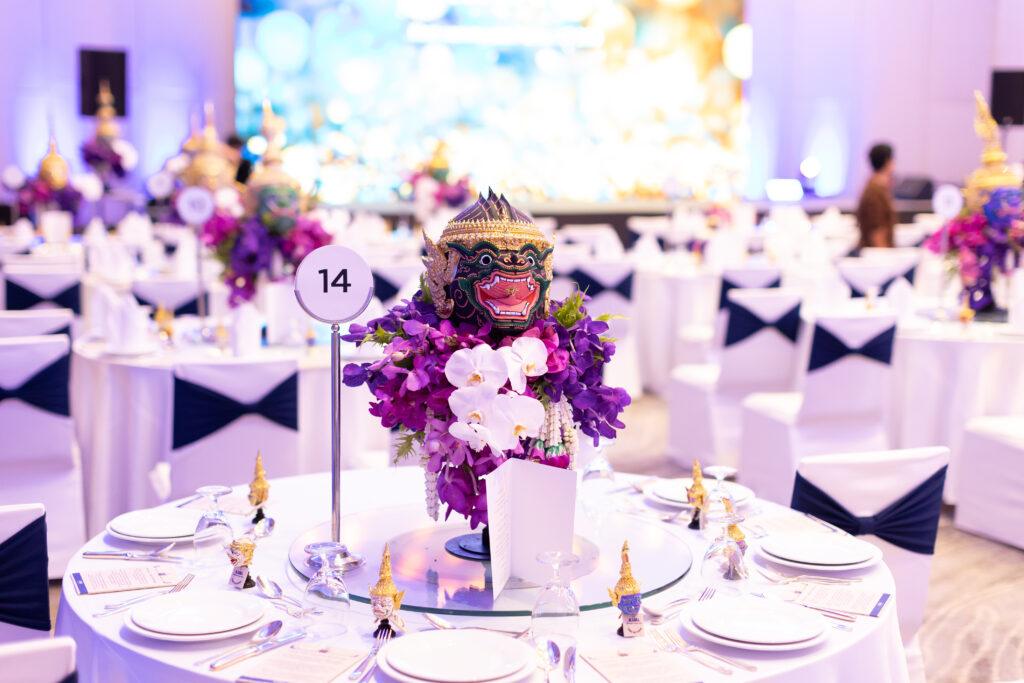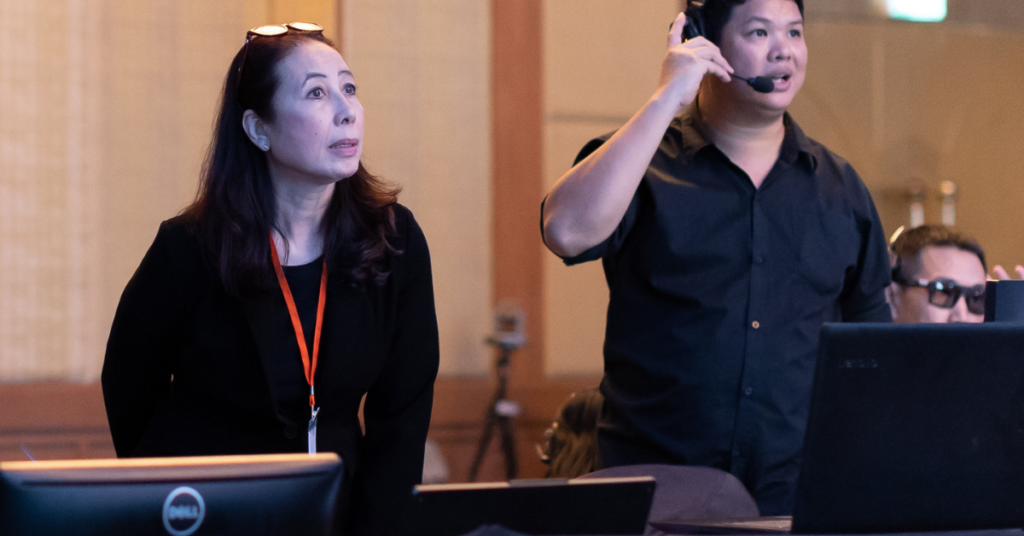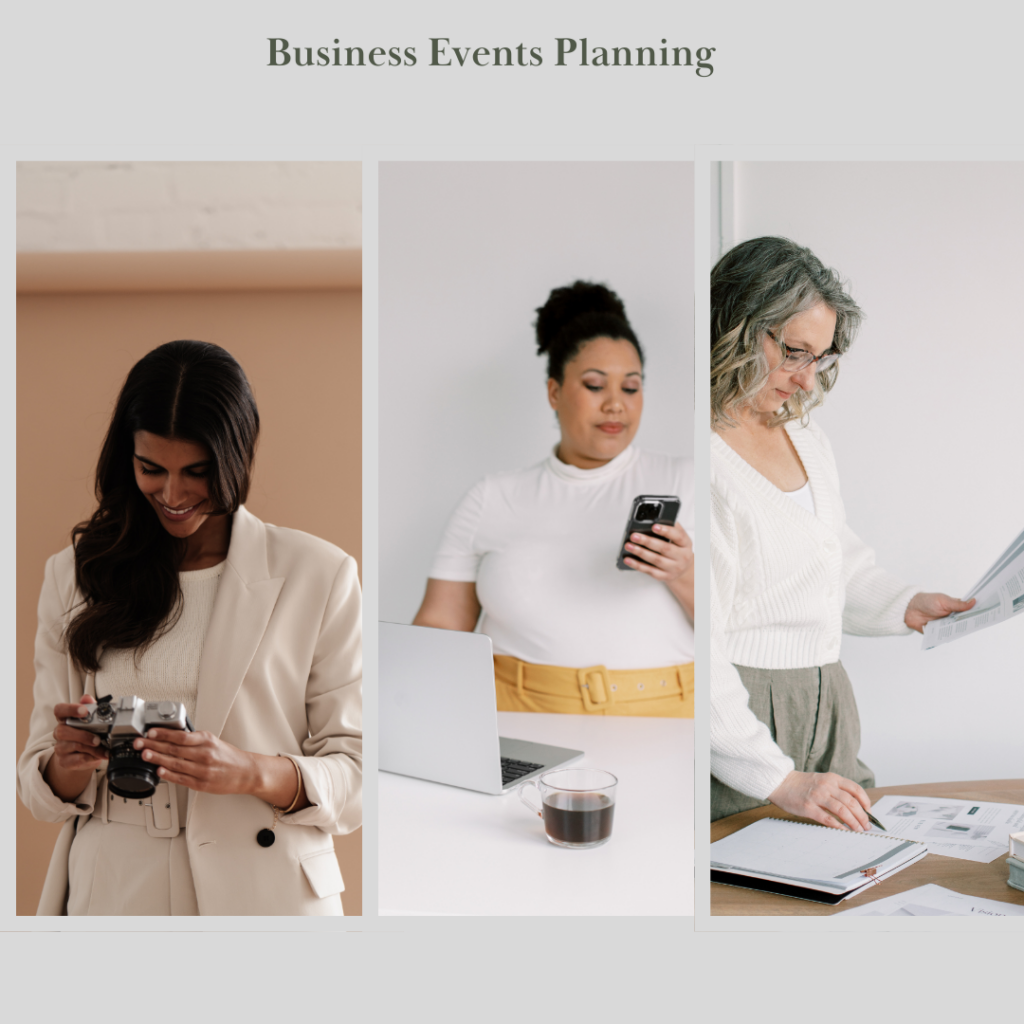Every event planner, no matter how experienced, has faced challenges that tested their skills, patience, and problem-solving abilities. Over the years, I’ve made my share of mistakes, but each one has taught me valuable lessons—not just about event logistics, but about resilience, adaptability, and personal growth in this fast-paced industry.
1. The Right Person for the Right Job
One of my early mistakes was not allocating the right job to the right partner—or putting the right person in the right role. I assigned a site visit task to one of our staff members who excelled at designing beautiful proposals but was not outgoing or keen on operations. The result? A site visit filled with hiccups, including a delayed boat pick-up for the client and me.
Luckily, the hotel site visit could be pushed back, so we weren’t too late. But this experience taught me that skill sets matter. Since then, I’ve been more intentional about assigning tasks based on strengths—some people thrive behind the scenes, while others shine in client-facing roles.
2. The Corporate Color Disaster
I worked with a florist to create a stunning event setup when I was just starting. I explained my vision to our partner, but I missed one crucial detail: the corporate colour of our client. For some reason, the florist chose the exact colour of the client’s competitor.
I almost fainted.
The flowers were breathtaking, and the setup was impeccable—but the colour was all wrong. As I held my breath during the client’s final inspection, I was ready for the worst. But to my absolute relief, they only had praise for the beautiful floral arrangements. I kept my mouth zipped and counted my lucky stars.
Lesson learned: Never assume. From then on, I ensured that branding colours were crystal clear and non-negotiable.
3. The Overlapping Program Chaos
A few years ago, I booked a traditional boat for a customized activity for one group while my Event Manager handled the logistics. Later, I scheduled the same boat for another group’s cocktail cruise—at a different time—thinking it would be ready and on standby.
What I didn’t realize was that the timing was too tight. When we finally cross-checked with our partner, they informed us that the first group’s activity would run too close to the cocktail event, leaving little time for turnaround.
Panic mode.
This was a unique traditional boat, and since it was peak season, finding another one at the last-minute was nearly impossible. We had to think fast: ensuring the first group wrapped up precisely on time, coordinating a lightning-fast cleanup with our partner, and making sure the boat was ready just in time for the second group.
It worked—but it was way too close for comfort. Now? We always triple-check scheduling to avoid any logistical bottlenecks, especially when working with limited resources
4. The Centrepiece That Blocked Networking
During the dry run before dinner, the client arrived for a final inspection. One of my favourite event designs featured a stunning centrepiece with orchids and an elaborate Khone Mask. It was grand, elegant, and truly breathtaking. (Yup! It’s exactly the one from the featured image on this blog.)
The client loved it—until they sat down.
That’s when we realized the problem. The centrepiece was too tall, blocking their face and making it difficult to network with guests. Despite raising this concern with our partner multiple times, the final arrangement was still too low and overwhelming.
With quick thinking, we swapped the larger masks for smaller ones and adjusted the floral design. The oversized pieces were relocated to the cocktail tables, where they could still make an impact without obstructing conversations.
Lesson learned: Always test centrepieces at table level before finalising the setup!
5. The Catering Tent Oversight
Outdoor events come with their challenges, and while we had planned meticulously for rain—including unique flooring to keep everything dry—one critical detail slipped through the cracks.
The catering team had no tent.
While our guests enjoyed a seamless experience under a beautiful marquee, behind the scenes, our team and the catering crew struggled under a large umbrella. It wasn’t a complete disaster, but it made the service more complicated than it needed to be.
Now, we never assume that vendors will handle their coverage. If an event is outdoors, we ensure that every supplier—including caterers—has the necessary setup to function smoothly.
Final Thoughts: Every Mistake Is a Lesson
In this industry, mistakes are inevitable. What matters most is how we handle them. Learning to stay calm, think fast, and adapt has made me a better event professional and strengthened my confidence and ability to handle pressure. If there’s one thing I’ve learned, it’s that challenges don’t define us—our ability to overcome them does. Learning from others can save you time and stress! Want more insights on Business Events? Subscribe or Join the Waitlist for my upcoming course. Let’s grow together! 🚀✨




